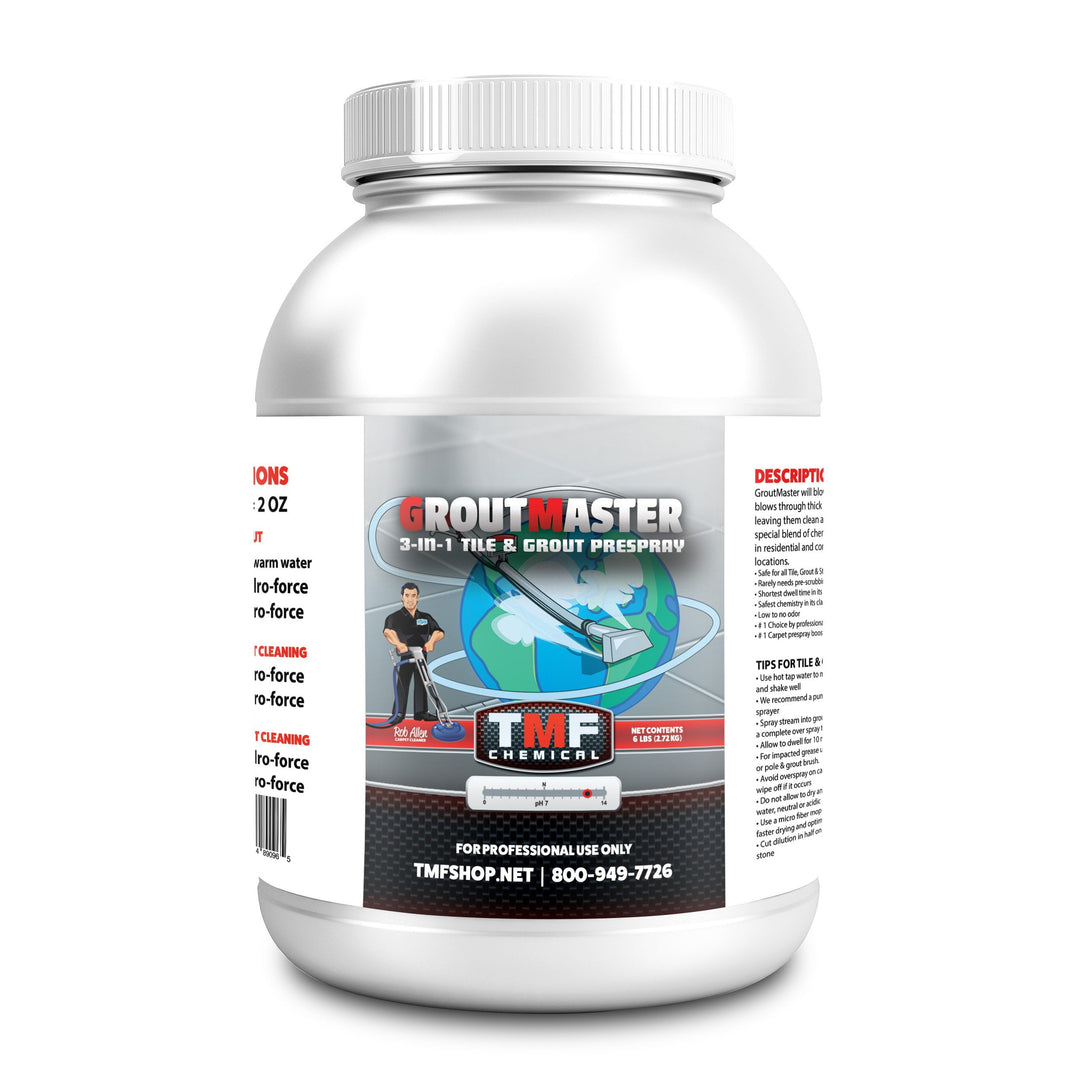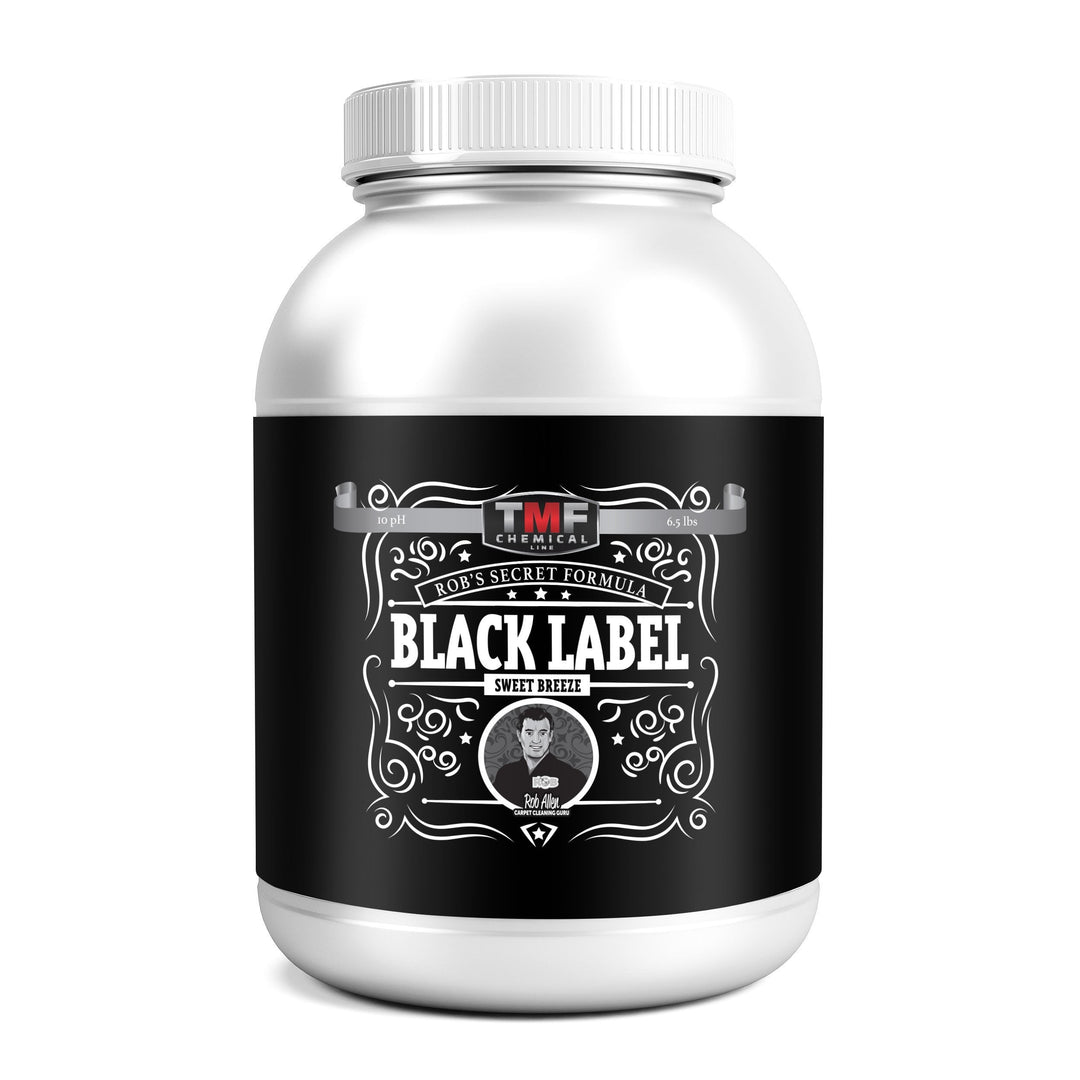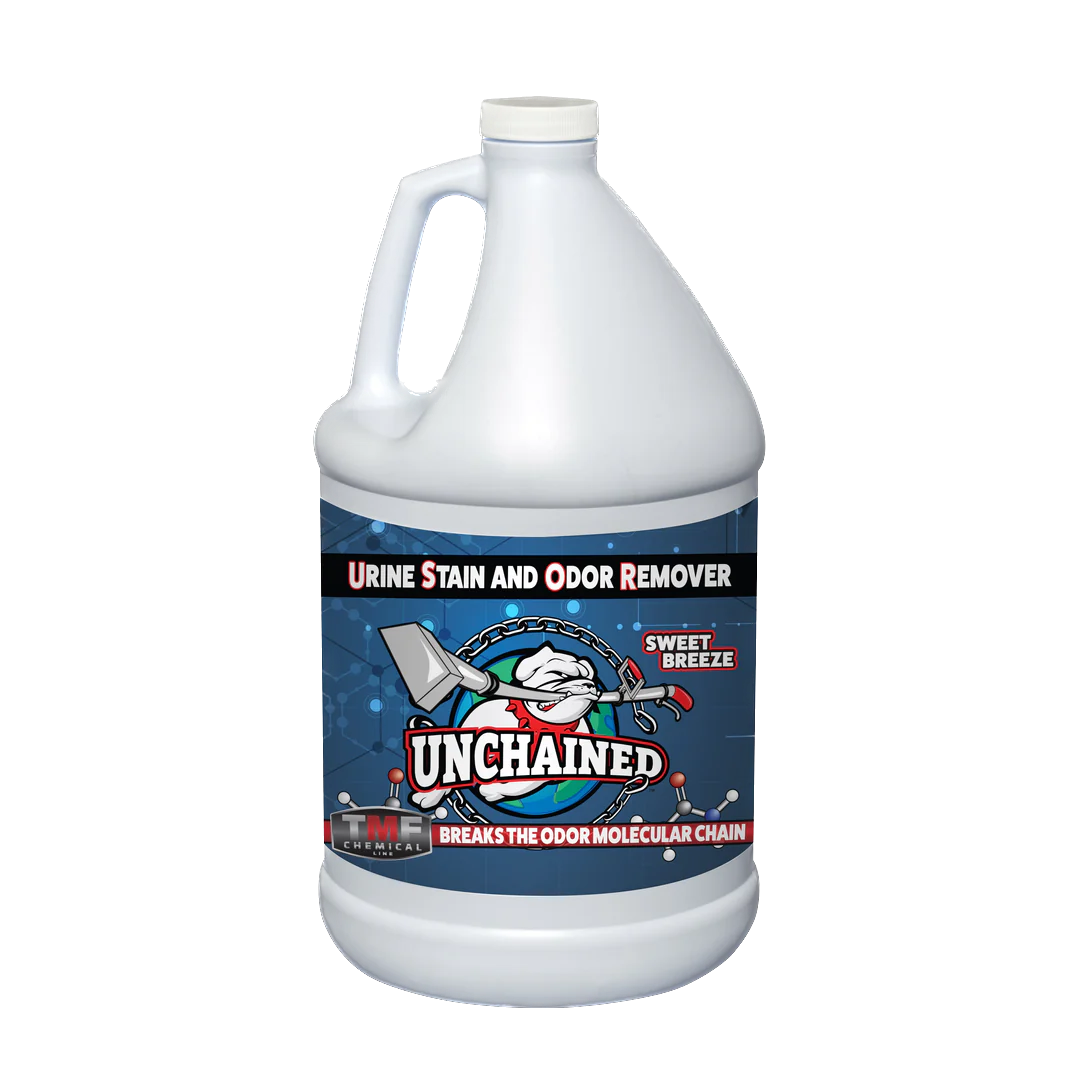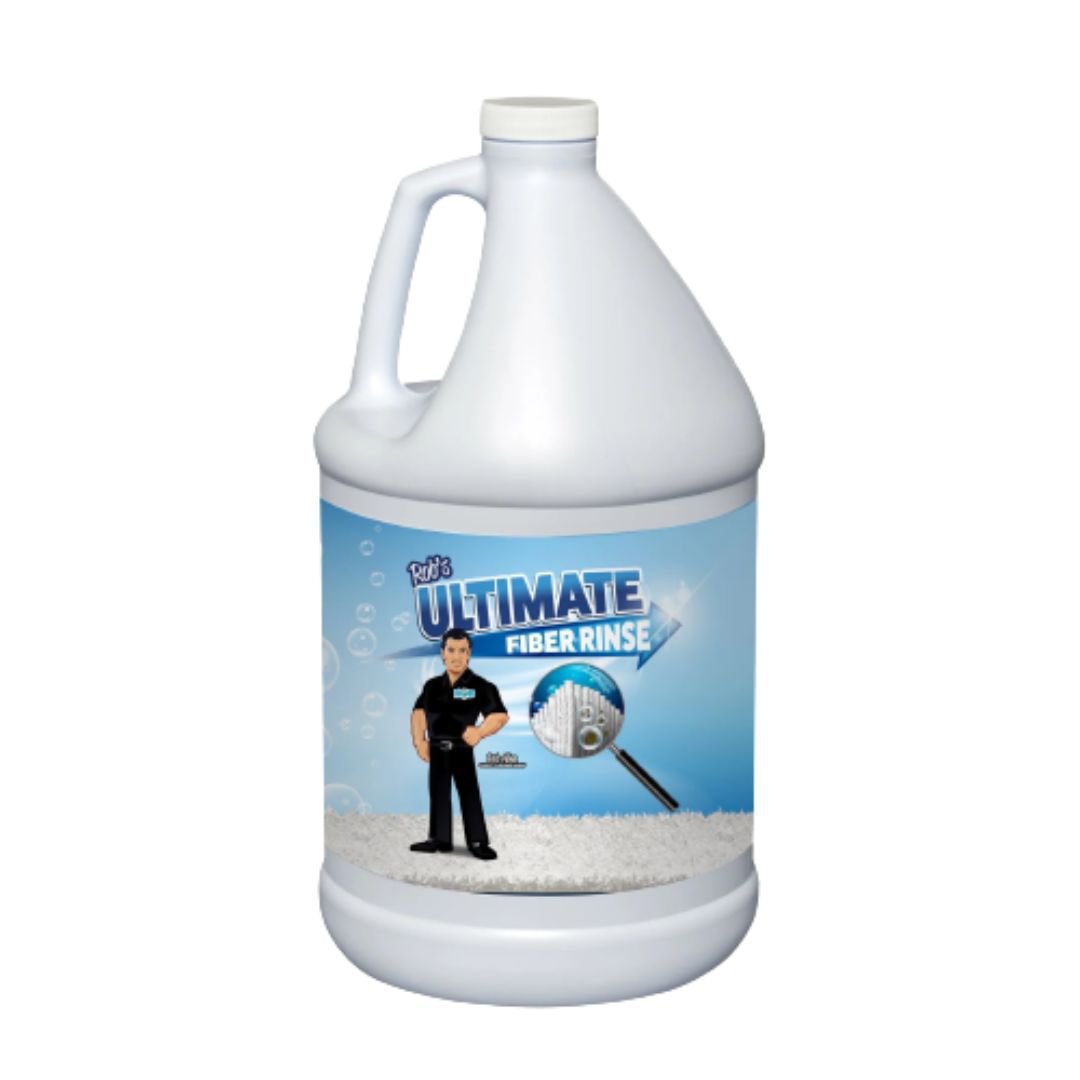How to Remove Moisture From Wood Floor
Moisture is among the biggest enemies of wooden floors. Too much moisture can cause warping, cracking, and other problems in your flooring. Whether you spilled a bit of water on the floor or live in a particularly humid climate, you should familiarize yourself with the basics of removing moisture from wood floors.
This article will walk you through the steps to get your wooden flooring as dry and healthy as possible. By the end, you'll have your floor squeaky dry, and ready for action.
What this article covers:
How To Get Moisture Out Of Hardwood Floors

What You Need:
- A dehumidifier
- Towels/rags
- Absorbent material (e.g. sawdust, baking soda, kitty litter)
- Water extraction machine (optional but necessary)
Step 1: Run a Dehumidifier
The first step to removing moisture from wood flooring is to run a dehumidifier. This machine draws air into its coils and extracts the moisture, which it then collects in a bucket. Running a dehumidifier for several days or weeks can help reduce the humidity in your home and make it easier to dry out your wood floor.
There are a few tips to keep in mind when using a dehumidifier. They include:
- Place the machine closer to the floor: An essential part of getting moisture out is to place the dehumidifier close to the floor. This ensures that the majority of air it pulls in will come from near your wood floors and help dry them out faster. Don't forget this tip when removing dark stains from hardwood floors or getting a stain out of hardwood floors.
- Use a humidistat: A humidistat is a device that helps you know when the humidity in your home has reached an ideal level. This can help you know when to turn off your dehumidifier and move on to the next step.
- Set the dehumidifier to the highest level: While it's important to ensure you don't overdo it, setting your dehumidifier to the highest level will help speed up the drying process.
Step 2: Towel Dry the Floor

The next step is to towel dry the area. Start by laying down several towels or rags on the floor and gently pressing them against the wood. Do this until no more moisture is absorbed.
Once you've towel dried the area, you can use a mop to absorb any residual moisture. The best mops to use are microfiber mops, which are great at absorbing and trapping moisture. They are also much gentler on the wood than other mops. You can also use them when removing glue from wooden floors or after eliminating sticky residue from hardwood floors.
Step 3: Add Absorbent Material
After thoroughly towel drying the floor, add absorbent material like sawdust, baking soda, or kitty litter. Spread a generous amount of the material over the affected area and let it sit overnight. The absorbent material helps to draw out any remaining moisture from the wood and makes it easier to dry.
The best absorbent materials to use are:
Sawdust
Sawdust is a great choice for absorbing moisture. It's highly absorbent and non-toxic, making it safe for wood floors. It contains cellulose, a naturally occurring substance that helps absorb moisture and keep it away from the wood.
When using sawdust, sprinkle a considerable amount over the affected area. Let it sit for a few hours, and then vacuum.

Baking Soda
Baking is a household staple used for several cleaning tasks, including removing haze from engineered hardwood floors, cleaning grease off hardwood floors, and, most importantly, removing moisture.
Baking soda contains sodium bicarbonate, which is an effective absorbent material. It works by trapping moisture, making it easier to remove. Simply create a thick paste with water and spread it over the affected area. Let the baking soda sit overnight before wiping it away in the morning.
Kitty Litter
Kitty litter is made from clay. Clay is a natural absorbent, making it ideal for moisture removal. To use kitty litter to remove moisture from the wood floor, first spread the kitty litter over the surface of the floor. Let sit overnight until you notice that the kitty litter has absorbed most of the water. Once this is done, sweep up and dispose of the kitty litter. You can also use this product to clean wood floors, so they are not slippery.
Step 4: Use A Water Extraction Machine
A water extraction vacuum is critical, especially when the moisture levels are high. This machine suctions out the remaining moisture and quickly dries the wood. It's important to use this piece of equipment to ensure that the wood floors are completely dry.
When using a water extraction machine, move it in slow circles to ensure that all areas get evenly dried. Moving it too quickly could cause the machine to miss spots and leave some damp areas.
Step 5: Open The Windows
After following all these steps, there may be still some moisture left. Opening up the windows and letting fresh air flow can help hasten the drying process and eliminate any remaining moisture.
Open as many windows as possible and let fresh air circulate throughout the room. This will help bring down the humidity level and eliminate any remaining moisture in the wood floor. Remember to do this when getting red wine out of wood or removing water stains from wooden floors.
Step 6: Use A Moisture Meter To Check The Humidity

It's important to get the right reading with a moisture meter. Fortunately, using it is simple. All you have to do is press the meter into the wood and take a reading. The lower the percentage, the drier the area. If you get a reading of over 20%, it's time to repeat steps 1-5 until the wood is completely dry.
Tips For Removing Moisture From Wood Floor
Act Fast
Like you do when removing a slick spot on a hardwood floor, the key to successfully eliminating moisture is acting fast. The sooner you start the removal process, the less damage there will be.
Leaving the moisture in place can lead to warping, discoloration, cracking, mold growth, and costly damage. Therefore, as soon as you notice the moisture, get to work.
Don't Forget To Open the Doors & Windows
Regardless of how well you dry your floor, the air may still contain excess moisture. To help you get rid of this, make sure to open up any windows and doors that lead to the outside so they can ventilate the space. The more fresh air coming into your home, the better your chance of reducing any remaining moisture.

Seek Professional Help When Necessary
Sometimes, you may try all the steps above but still not get the desired results. In these cases, it may be best to call in a professional if you’re not confident enough with your own skills. A professional can use industrial-grade equipment to more effectively and efficiently remove moisture from your wood floor and check for any underlying problems that may have caused the moisture to accumulate in the first place.
A professional can also suggest solutions, such as refinishing your floor, that can help you keep it looking good and prevent future issues with moisture.
Conclusion
Moisture and wood floors don't mix. Therefore, if you want to maintain your wood floor's beauty and longevity, take the necessary steps to remove any moisture ASAP. With the insights outlined in this article, you should be able to get the job done quickly and easily. Good luck, and happy drying!
Did you find our blog helpful? Then consider checking other guides:
- How to Get Ink Out of Hardwood Floors
- How to Remove Hair Dye from Wooden Floor
- How to Get Oil Out of Wood Floor
- How to Get Nail Polish Out of Wood Floor
- How to Remove Permanent Marker from Wood Floors
- How to Clean Subfloor After Removing Carpet
- How to Get Cat Pee Out of Wood
- How to Get Cat Urine Out of Wood Subfloor
- How to Deep Clean Hardwood Floors
- How to Clean Engineered Hardwood Floors
- Best Mop to Clean Hardwood Floors
- How to Clean Hardwood Floors Without Streaks
- Best Tools to Clean Hardwood Floors
- How to Clean and Shine Hardwood Floors
- How to Clean Prefinished Hardwood Floors






